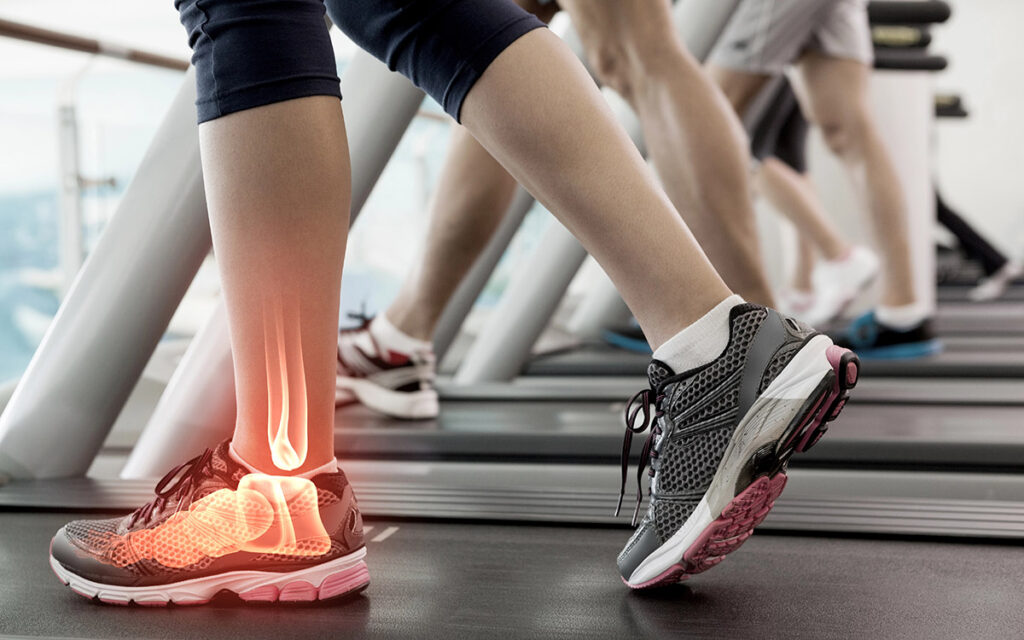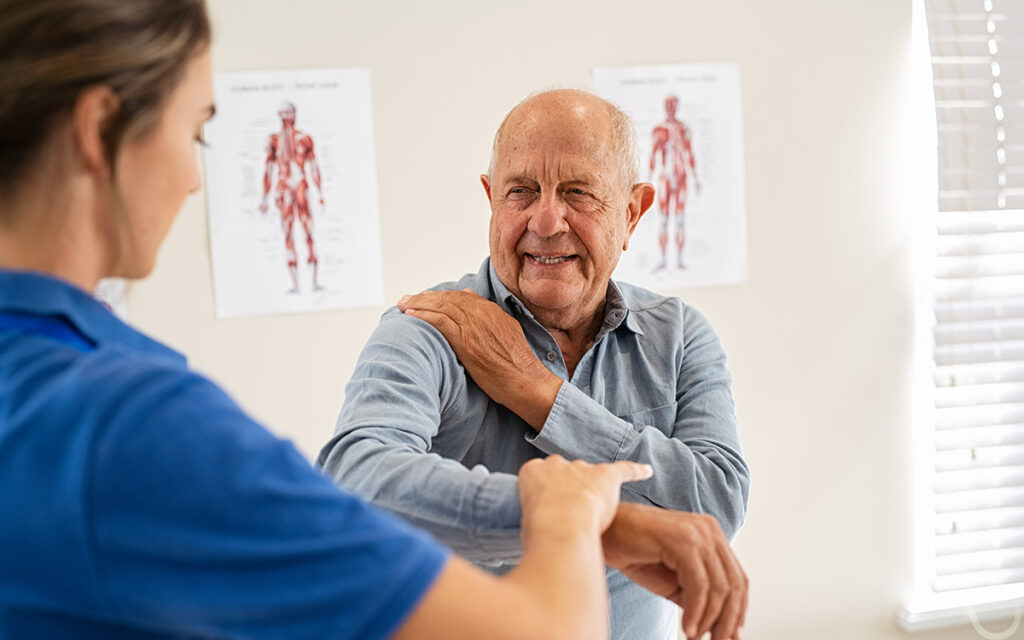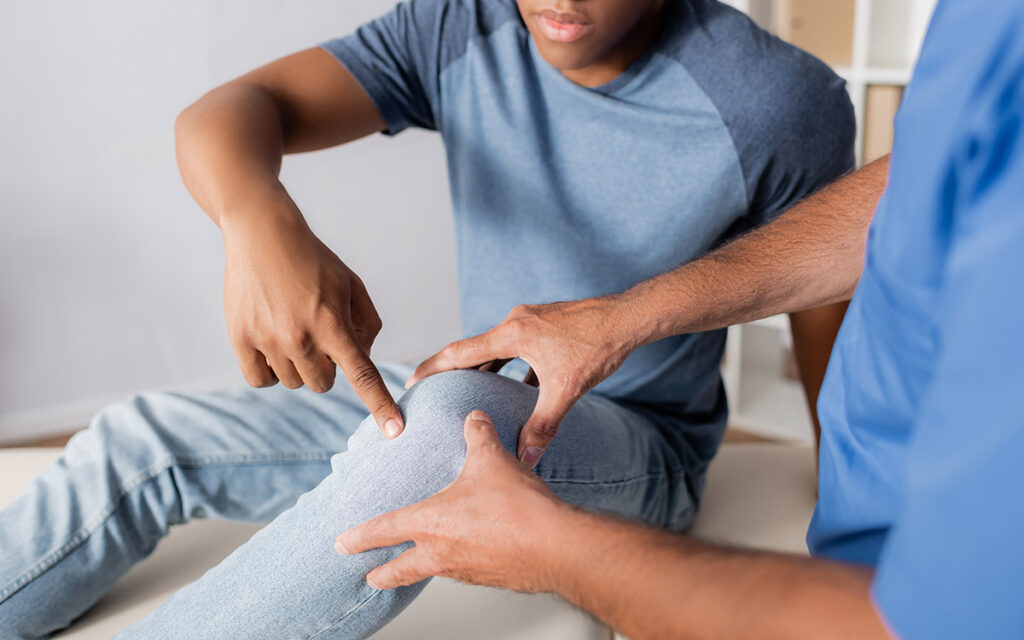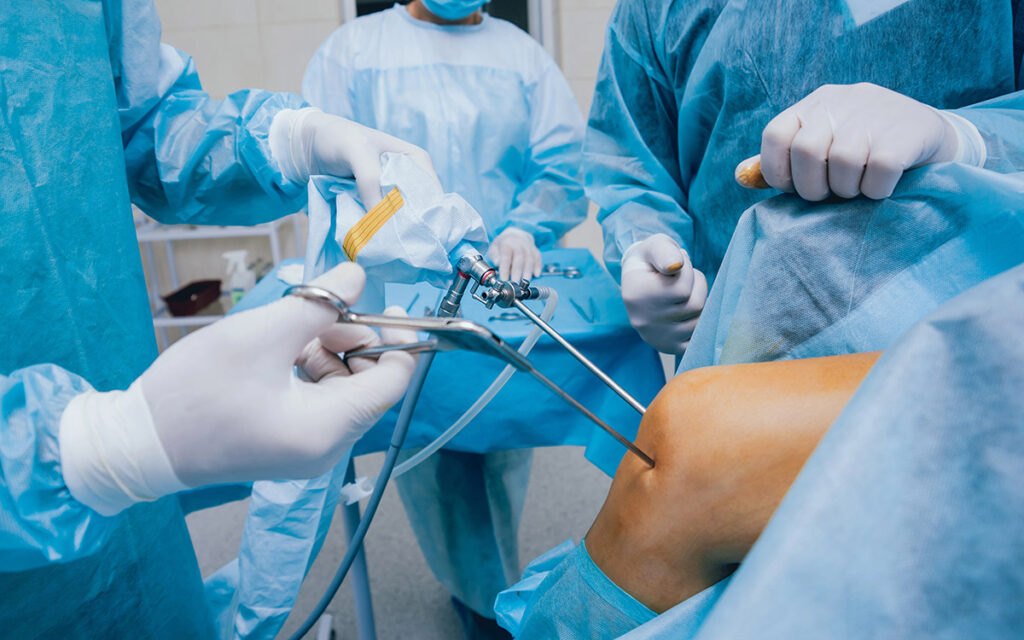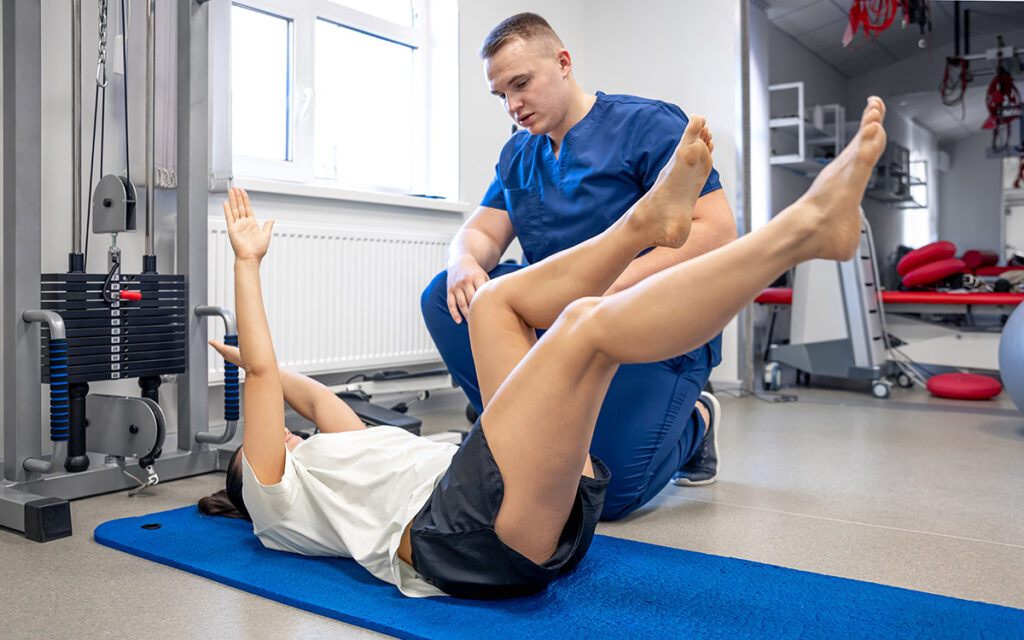Participating in sports is a fantastic way to keep fit and stay healthy, but it also comes with the risk of injuries. Whether you’re a weekend warrior or a seasoned athlete, understanding how to prevent sports injuries is crucial to maintaining your health and performance. The experts at Oak Tree Orthopedics have created this blog post to walk you through crucial injury prevention techniques so you can enjoy your favorite activities stress-free.
1. Understanding Sports Injuries
Before diving into prevention techniques, it’s important to understand the common types of sports injuries. These can range from acute injuries like sprains and fractures to overuse injuries such as tendinitis and stress fractures.
- Acute vs. Overuse Injuries: Acute injuries occur suddenly during activity, while overuse injuries develop over time due to repetitive stress on muscles, joints, and bones.
- Common Injuries: Learn about the symptoms and mechanisms of common sports injuries to better understand how they can be prevented.
2. Injury Prevention Techniques
Preventing sports injuries involves a multi-faceted approach, focusing on proper preparation, technique, and equipment.
- Warm-Up Properly: Always start with a warm-up to prepare your body for physical stress. Dynamic stretches that mimic the movements of the sport you’re participating in can increase muscle temperature and flexibility.
- Strengthen and Condition: Regular strength and conditioning exercises can fortify muscles and joints. Focus on the areas most vulnerable to injury in your sport.
- Use Proper Technique: Utilize correct form and technique to reduce the risk of injury. This may require training under a coach or a professional to ensure that movements are performed correctly.
- Wear Appropriate Gear: Invest in quality protective gear and footwear specific to your sport. Properly fitted equipment can significantly reduce the likelihood of injuries.
3. Recovery and Rest
Recovery is just as important as active training. Overtraining is a common cause of sports injuries due to insufficient rest and recovery time.
- Schedule Rest Days: Incorporate rest days into your training regimen to allow muscles and joints to recover and strengthen.
- Listen to Your Body: Pay attention to what your body tells you. Pain and discomfort can be indicators of overuse and the onset of an injury.
- Nutrition and Hydration: Maintain a diet that supports muscle recovery and overall health, and ensure adequate hydration, especially during and after exercise.
4. Cross-Training and Flexibility
Diversifying your workout can help prevent injuries by balancing your muscle use and enhancing your overall athletic abilities.
- Cross-Training: Engage in different types of activities to avoid overloading specific muscle groups and to enhance your overall fitness level.
- Improve Flexibility: Regularly practice stretching exercises or yoga to improve flexibility, which can reduce the risk of muscle pulls and strains.
Conclusion:
Preventing sports injuries is key to a long and active life in athletics. By understanding the risks, implementing proper prevention techniques, and listening to your body, you can significantly reduce your risk of injury. Remember, at Oak Tree Orthopedics, we are here to help guide you through the best practices for sports health and injury prevention. Stay safe and keep moving!
FAQ’s
How often should I replace my sports equipment?
The lifespan of sports equipment can vary, but it’s important to replace gear and shoes as soon as they show signs of wear or no longer provide proper support.
What is the best way to recover if I start feeling pain during exercise?
If pain occurs, stop the activity and apply ice to reduce inflammation. Rest the affected area and consult with a healthcare provider if the pain persists.
Can wearing braces help prevent injuries?
For some sports, wearing braces can help stabilize joints and prevent injuries, especially if you have a history of joint issues.
Are there any specific exercises to prevent knee injuries?
Yes, exercises that strengthen the leg muscles, such as squats, lunges, and leg presses, can help protect the knees by providing better support and stability.

